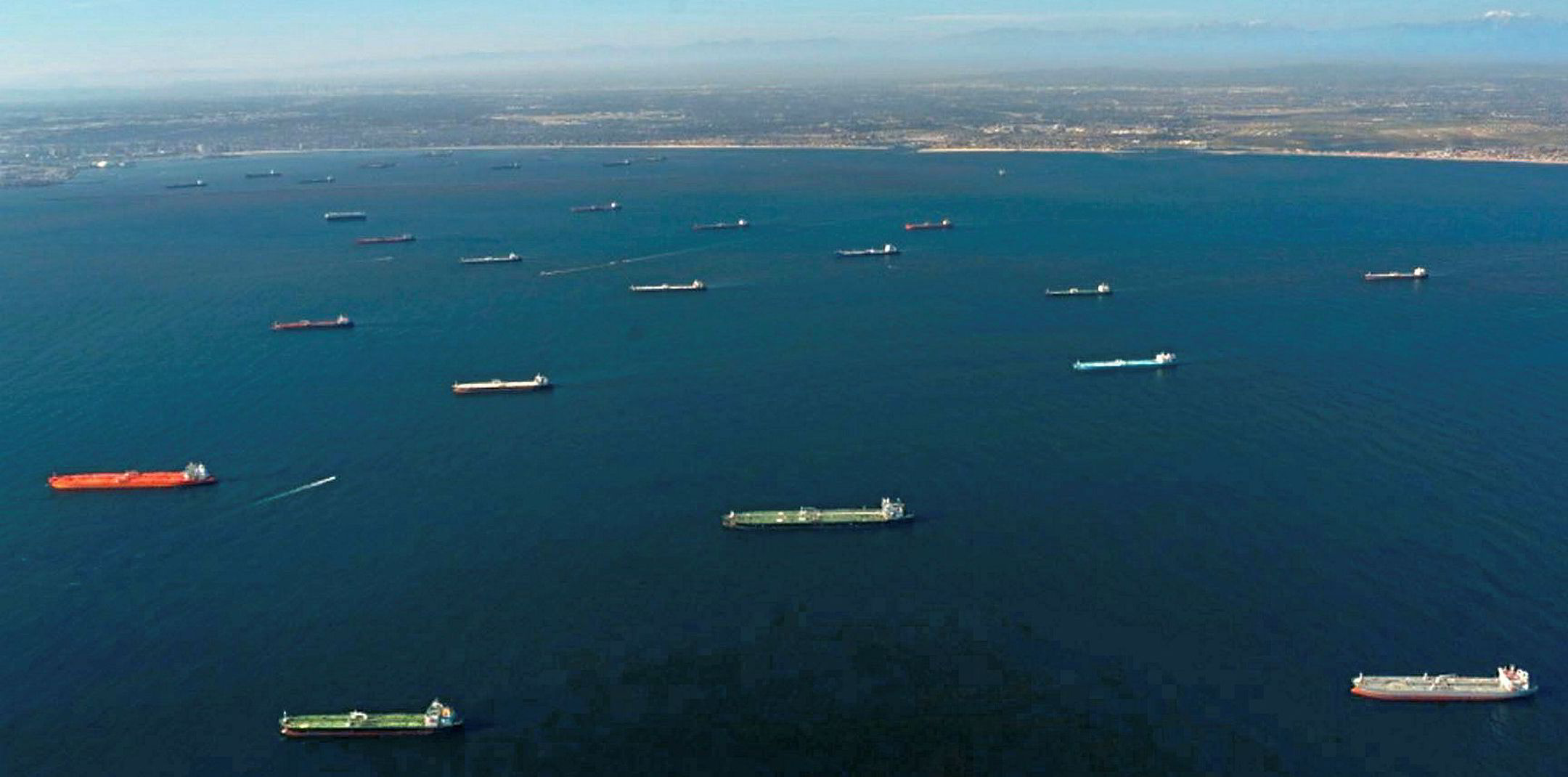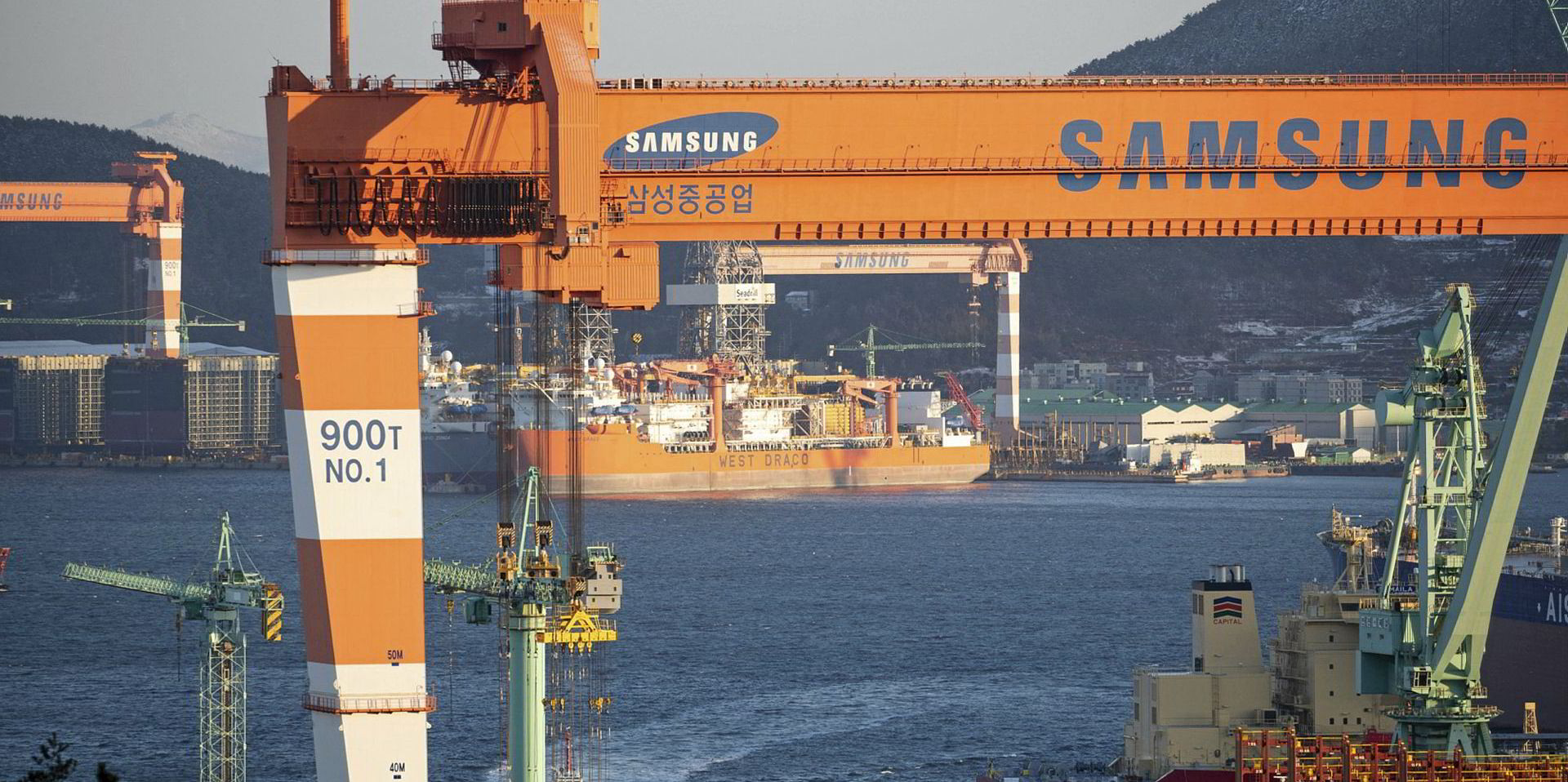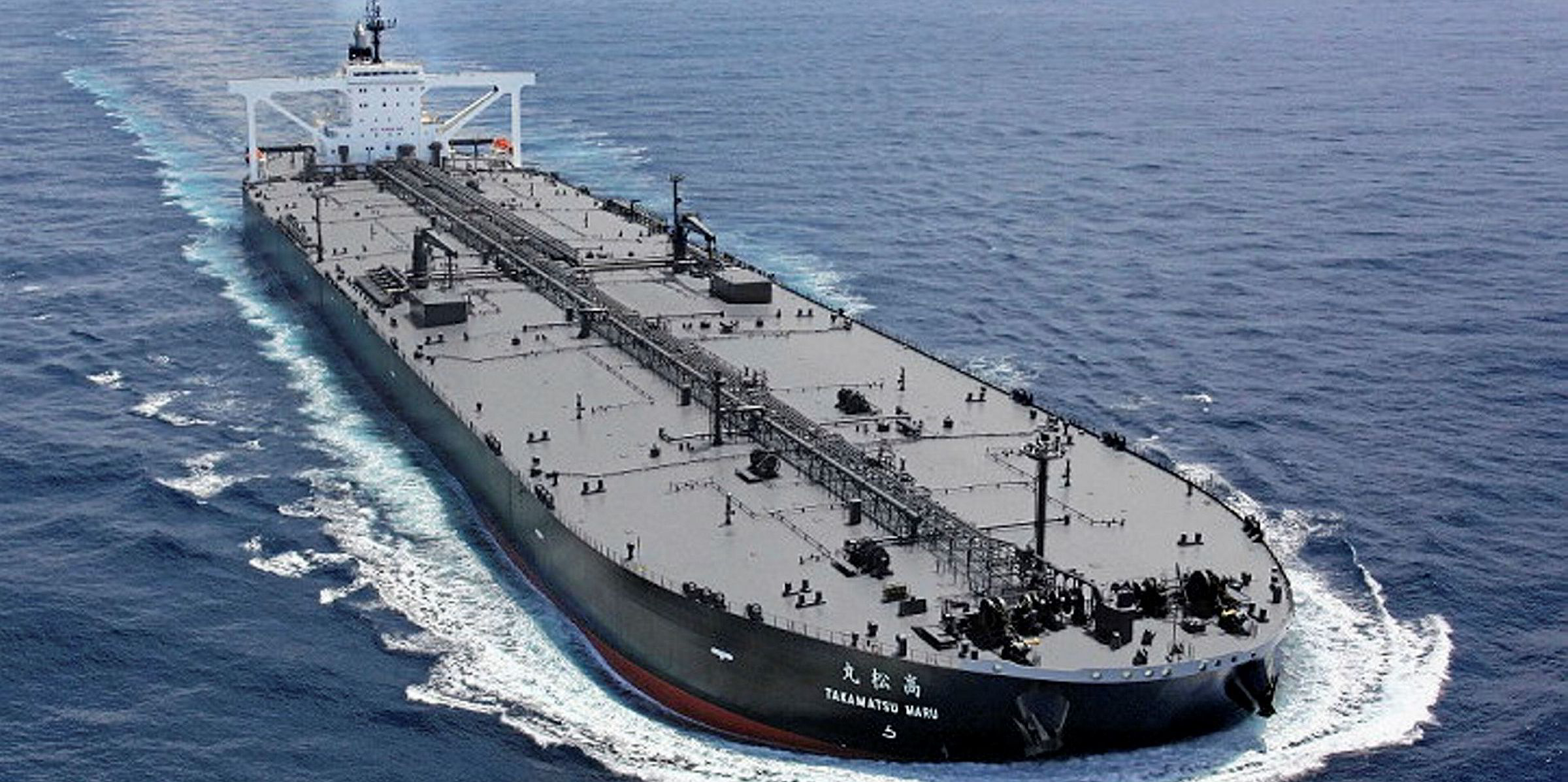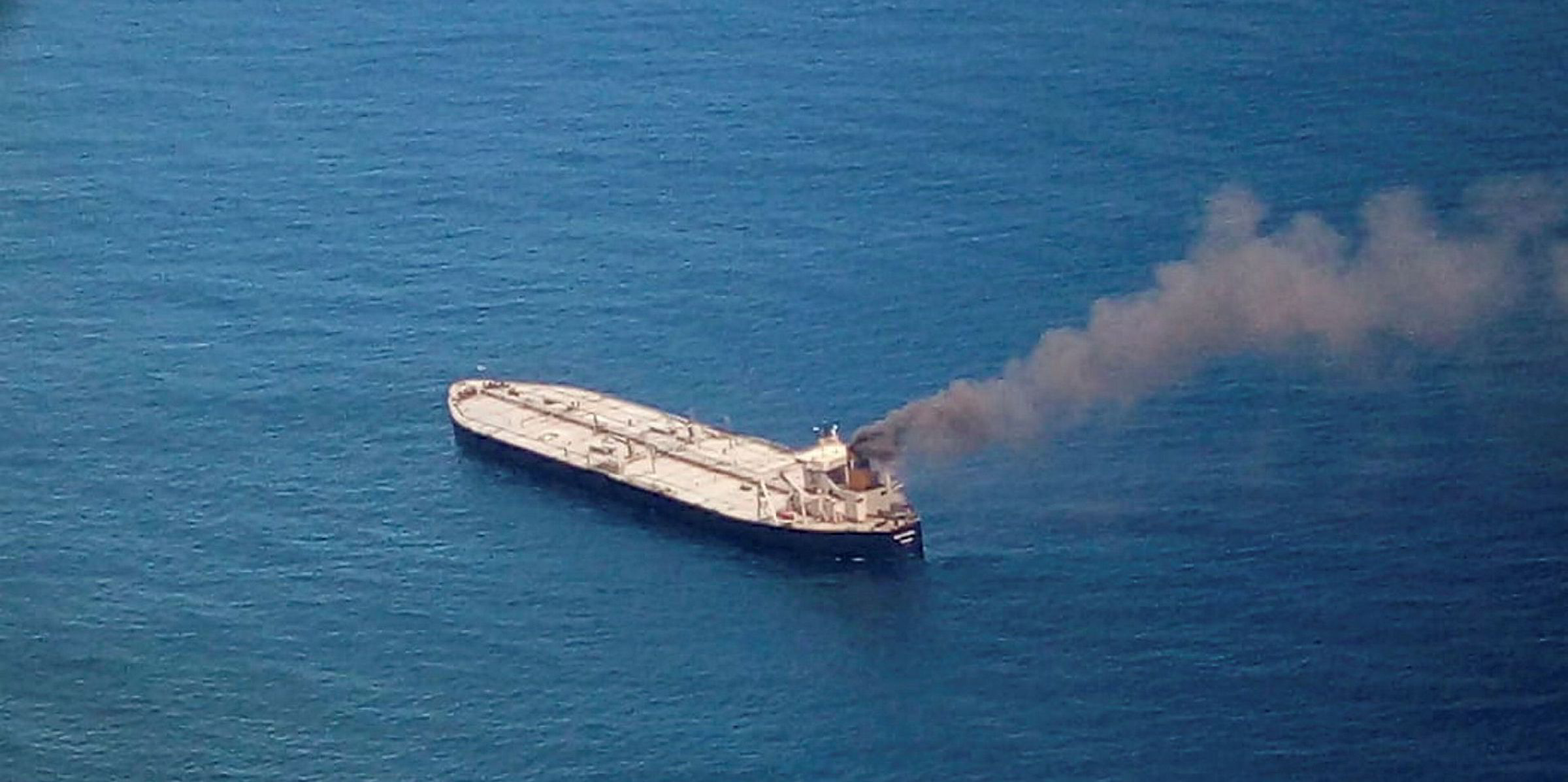Demand uncertainty has been behind much of the freight rate volatility in the tanker market this year.
Since the floating storage boom earlier this year, when the period market experienced record-breaking highs, rates have taken a different trajectory.
Over the summer, we saw some crude tanker routes fall to multi-year lows when cargo volumes plummeted as production cuts from Opec+ took hold and vessels booked for storage at the peak of the market became available.
Questions were raised over the pace of oil demand recovery as the world economy restarts following the pandemic, despite news that Opec and its allies would increase production.
However, although external factors have caused much unpredictability for tankers this year, there are reasons for optimism that could signal a rebound before the year ends.
Geopolitical issues rather than the traditional seasonal movements have had a profound effect on the market in the first half.
Period rates have come off since the floating storage spike, but averages for July are only marginally lower than last year.
The average rate for a VLCC for one year in July was $31,100 per day on a pro-rata basis compared with the $34,400-per-day July average for 2019. To put this in context, the average for July 2018 was just $20,280 per day, pro rata.
The current stagnant market for tankers reflects the usual "summer lull".

Then there is the crew crisis, with many seafarers stranded around the world by quarantine measures.
In China, there are reports of this affecting port congestion and causing long discharge times, which is having a short-term impact on vessel supply. In addition, more than half of the VLCCs still in floating storage are estimated to be idling in Chinese waters, increasing port congestion and adding to the delay in winding down floating storage.
As the oil surplus from earlier this year is likely to be drawn down by the end of the second half, more vessels will become available on tonnage lists. However, from this month, Opec and its allies intend to relax production cuts as demand slowly recovers, which is expected to increase demand for tankers. Opec recently announced a 97% adherence to the production pact in July from members.
The recovery of oil demand is largely dependent on a return to some form of post-pandemic normality.
The August monthly outlook from Opec predicted that oil consumption will surge to 97.6m barrels per day (bpd). This is still lower than pre-pandemic levels, but indicates a sharp recovery from the lows of the second quarter and assumes that Covid-19 will be contained, with no further disruptions to the global economy.
The latest oil market report from the International Energy Agency (IEA) highlights that oil demand from China is recovering strongly, up 750,000 bpd year on year in June.
The pandemic has had a profound effect on the way people work, and with so many having worked so effectively from home in recent months, the necessity for the daily commute and international travel has come into question, as outlined by the IEA. This will have an impact on oil demand and eventually on the tanker markets.
Rebalancing of the market remains delicate and it is clear that geopolitics are leading sentiment because of the uncertainty surrounding Covid-19 and the threat of a second wave and further lockdowns.
The northern hemisphere winter traditionally lends support to tanker freight rates because of increased demand and logistical delays caused by weather issues. This, combined with the gradual return of oil demand in line with the easing of lockdown measures, is expected to lift the tanker market as we approach the typically stronger fourth quarter.
Rebecca Galanopoulos Jones is head of research at shipbroker Alibra Shipping







